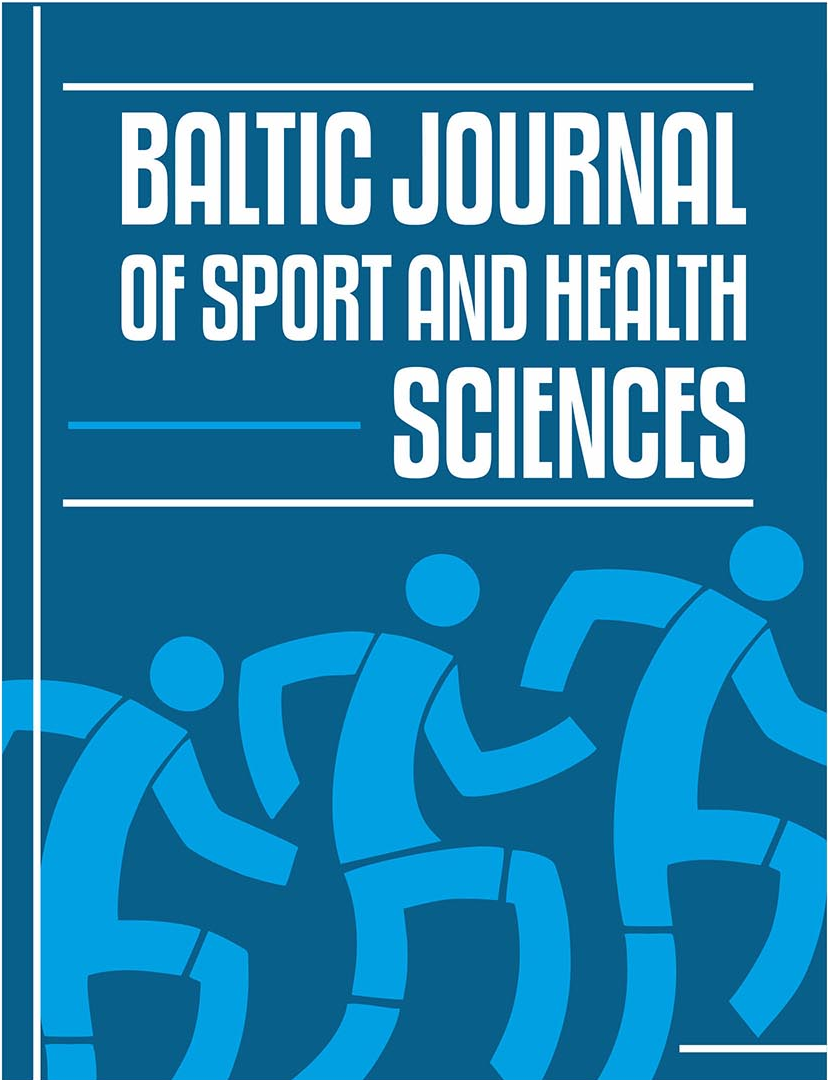Determining Partnering Effects in the “Rise and Fall” Motion of Competitive Waltz by the Use of Statistical Parametric Mapping
Abstract
Background. Competitive dance, also known as “DanceSport,” is a competitive style of ballroom dance. The waltz features a particular movement in which the dancer lifts and lowers his/her body while dancing. In ballroom dance terms, this movement is known as the “rise and fall.” The purpose of this research was to examine partnering effects in relation to the vertical component of dancers’ center of mass when performing the competitive waltz.
Methods. This investigation was conducted through statistical parametric mapping of the movements of 13 national level competitive dance couples and a world champion couple as they danced both solo and in pairs. The Xsens MVN system was used to record their movements, using a capture rate of 240 Hz.
Results. We consequently found that, in the pair condition, the vertical component of the center of mass was smaller for the male dancers and larger for the champion male dancer when compared to their respective solo conditions. However, for the female dancers and the champion female dancer, unlike the males, no significant partner effects were found.
Conclusion. Therefore, in terms of partner effects, the “rise and fall.” motion was smaller for the male dancers and larger for the champion male dancer.
Keywords: DanceSport, ballroom, kinematics, partnering, statistical parametric mapping.






